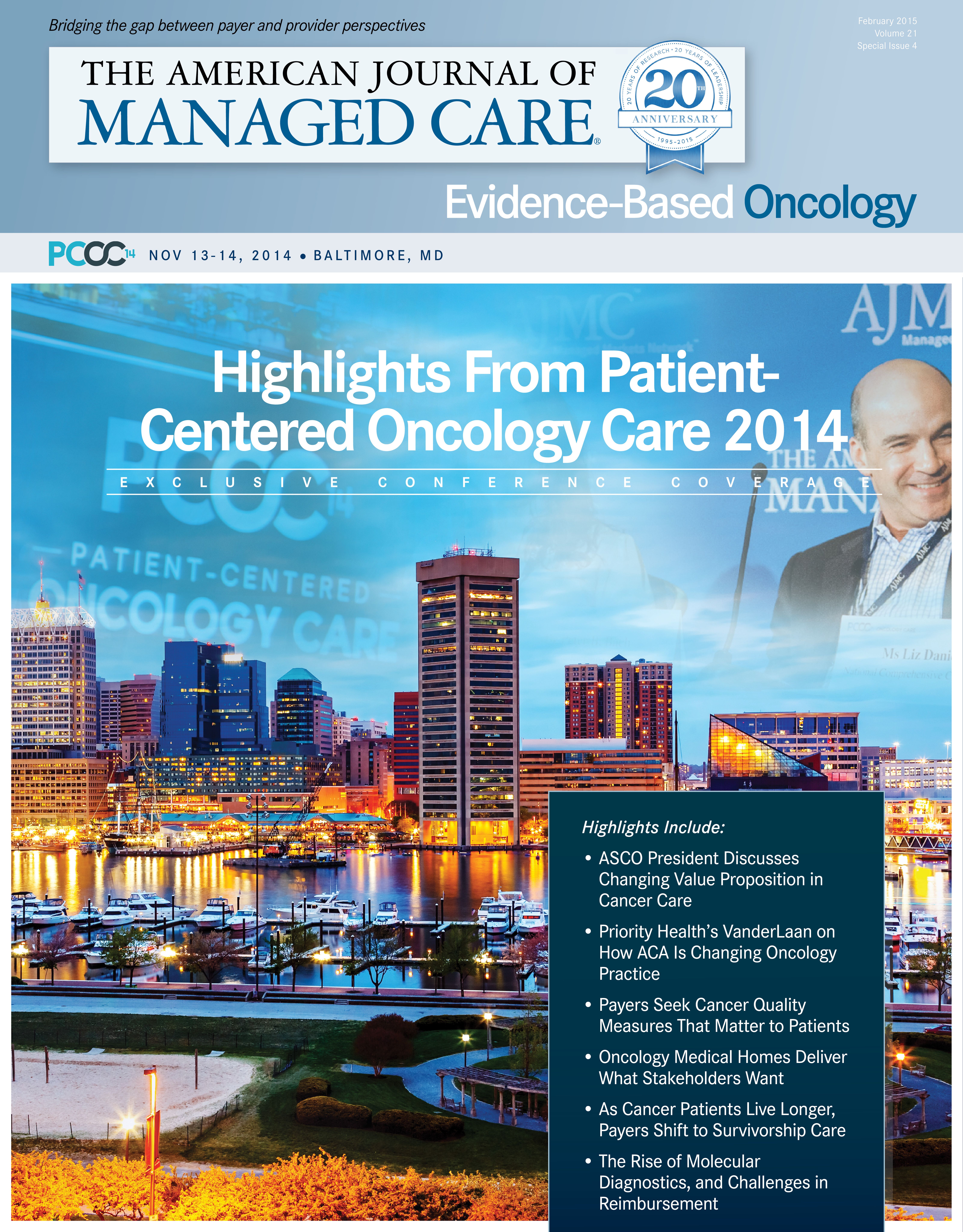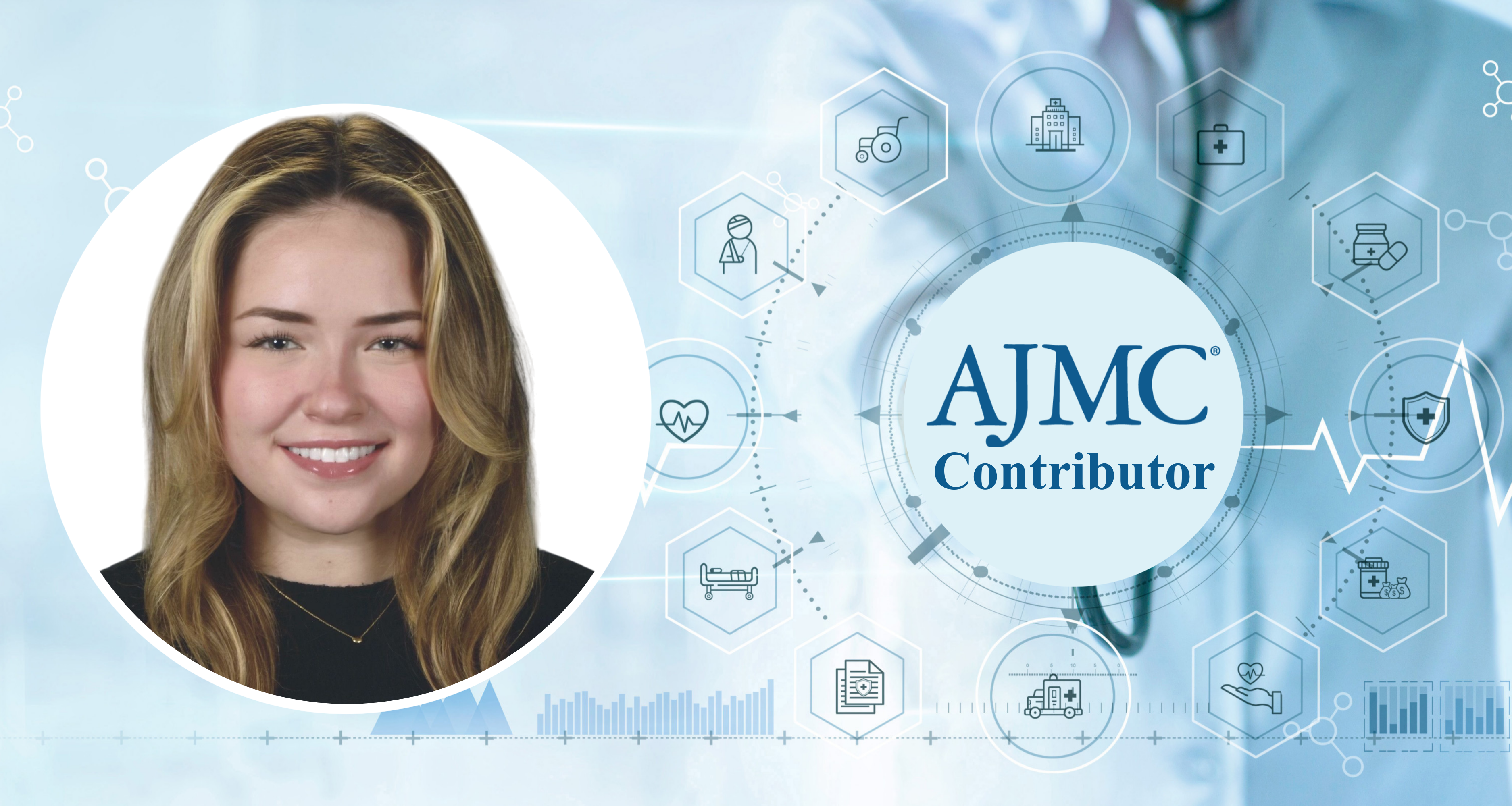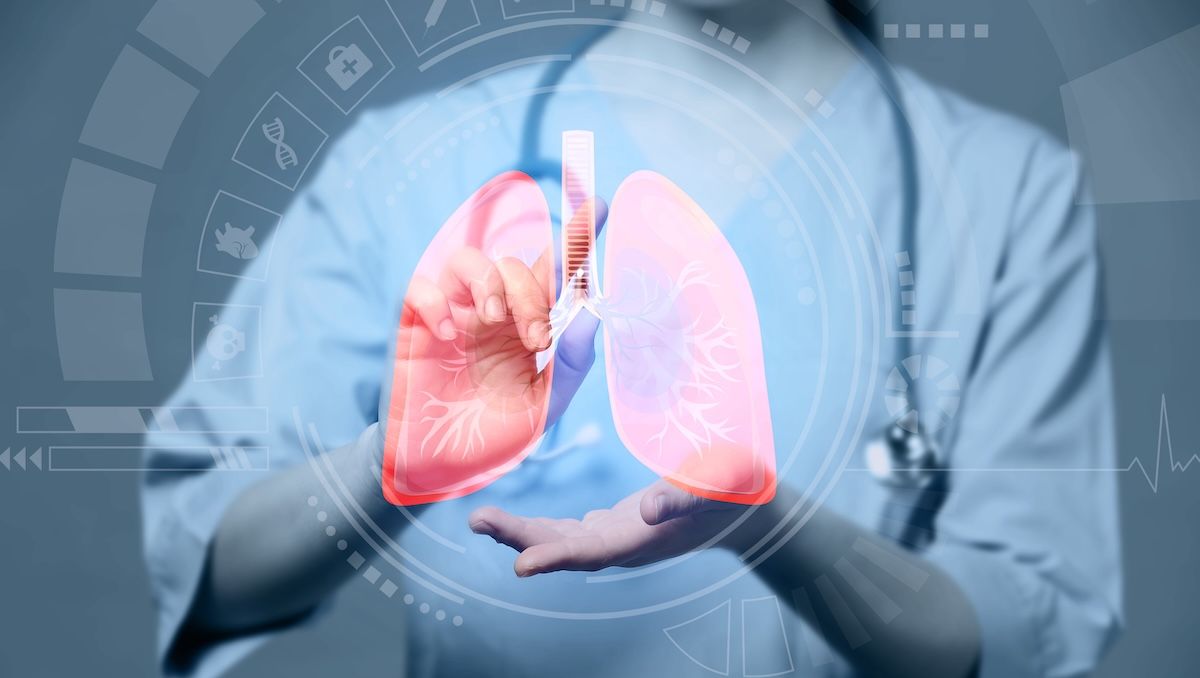Publication
Article
Evidence-Based Oncology
Turning That Cell Phone Into a Tool for Oncology Care
Author(s):
What is the optimal solution for the healthcare industry if it must address the increased complexity and cost of cancer care at a time when labor is scarce? Perhaps harness the power of that cellphone most people already have with them, according to Meg Maley, RN, BSN, who gave the talk, “The Role of mHealth in Oncology,” at the third Patient-Centered Oncology Care Meeting hosted by The American Journal of Managed Care.
When Maley hears of the need for stakeholders to work together to address patient needs, she sees a vital role for mobile health, or “mHealth,” in large part because it takes advantage of technology that patients already have at their fingertips. Bringing mHealth into the cancer care equation starts with understanding where patients are emotionally when they receive a cancer diagnosis, Maley said. “Many patients describe their inaugural experience, as well as repeat experiences in their cancer journey, as being enveloped in a dense fog. That fog breeds uncertainty and anxiety.” Each patient’s cancer journey is different, Maley said. Even though patients may know that others have treaded the path before them, “It is still your singular experience.”
For all the information that the Internet provides, it can also overwhelm patients, Maley said. With mobile technology, an app designed for cancer patients to give bite-size pieces of information tailored to individual needs can provide just the right level of support without leaving patients confused. Maley discussed such an app, called CanSurround. mHealth can help patients manage the feeling of being overwhelmed, of having to deal with multiple doctors, appointments, nurse navigators, and even well-intentioned family and friends. Maley said patients in metropolitan areas often have providers in multiple healthcare delivery systems; 1 told her that managing cancer “has become her fulltime job. That is a sad statement.”
Why is mHealth the answer? Because cell phones are already ubiquitous, Maley said. Studies show that people check their cell phones 150 times a day, she pointed out. And mHealth isn’t just about an app that lets a patient manage a schedule; it’s also about sensors that take vitals or an electrocardiogram. The FDA is clearing medical devices, and other agencies are protectingc consumers from illicit advertising. mHealth will be big business, and Maley Maley said it’s already seen a huge investment. What’s key, she said, is that mHealth isn’t just grabbing data for data’s sake. With today’s analytics, “Data can be analyzed and served back to the provider, the case manager,” Maley said. “Data are transformed into knowledge that has the power to influence actions
and outcomes.”
“There is wisdom here,” she said. Apps are no longer experimental; they are being “prescribed” and listed on formularies. With CanSurround, mHealth has the potential to help with medica-tion management, symptom management and documentation, scheduling, and patient education on a schedule that suits the patient. Some cancer patients cannot absorb information about treatment choices in their physicians’ offices and need time for it to sink in, perhaps after the shock of the bad news has worn off.
The CanSurround technology can even take patients through meditation exercises, give nutrition information, or provide instructions on dealing with stress based on feedback from the patient, she said. Patients can connect with others in similar circumstances for emotional and social support; they want “someone to pay attention to me as more than a tumor.”
Providers and payers are embracing mHealth, Maley said, because they know they need new tools to drive better outcomes and reduce costs. They need to improve communication, and they need new ways to collect patient reported data. As much as mHealth helps on the patient side, it also can help providers and case managers triage patients. In the home health sector, mHealth can collect data from patients and feed them to a nurse who receives alerts on which patients need immediate attention; this process eliminates hours of phone calls to make status checks. This way, when the nurse sees the patients, there’s already a threshold understanding of what’s happening.
“By the time the patient shows up, there’s time for a deeper conversation,” Maley said.

Newsletter
Stay ahead of policy, cost, and value—subscribe to AJMC for expert insights at the intersection of clinical care and health economics.





